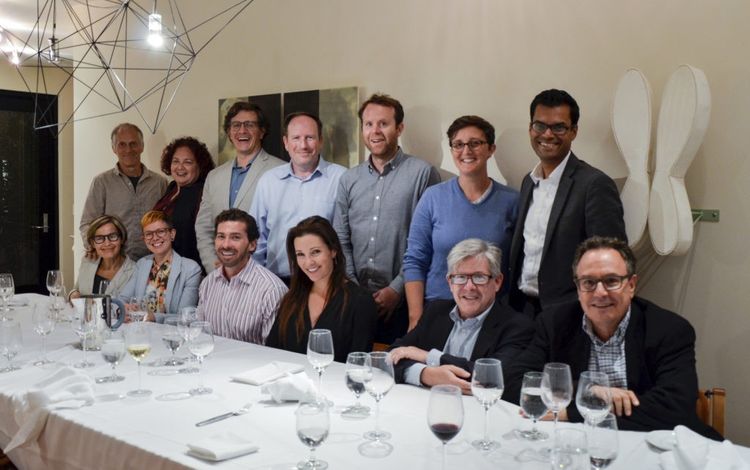Identifying a problem isn’t always the first step in the innovation process. Sometimes the solution comes first, say Barry Nalebuff and Ian Ayres, authors of “Why Not? How to Use Everyday Ingenuity to Solve Problems Big and Small.” After all, no one thought to themselves, “Kids really need a scooter that spins more easily.” Instead, the developers of the Razor Scooter observed, “Polycarbonate wheels have revolutionized roller skates and rolling luggage. What other products could be similarly improved?” Adapting ideas that worked in one context, along with a creative tweak or twist, can lead to solutions for heretofore unnoticed problems. The solution needs to be well translated to fit the context and institutions of the new setting. Another example: Tom Coleman and Bill Schlotter, two postal delivery men, developed the Spin Pop, a motorized lollipop holder that twirls the candy around to make it easier to lick. Spin Pop was a wild success; over 60 million were sold. But that was only the beginning. The same technology was later used to create a $5 electric toothbrush, one-tenth the price of conventional ones. Result: the Spinbrush is now the top-selling U.S. toothbrush—and that includes the old-fashioned manual ones. In a little under four years, a $1.5 million investment became a $475 million payday when Procter & Gamble bought the company. Again, that success was based on finding another problem that an existing answer had already solved.
Find the solution, then the problem
21 years ago • 1 min read
